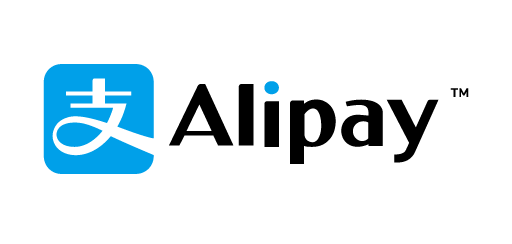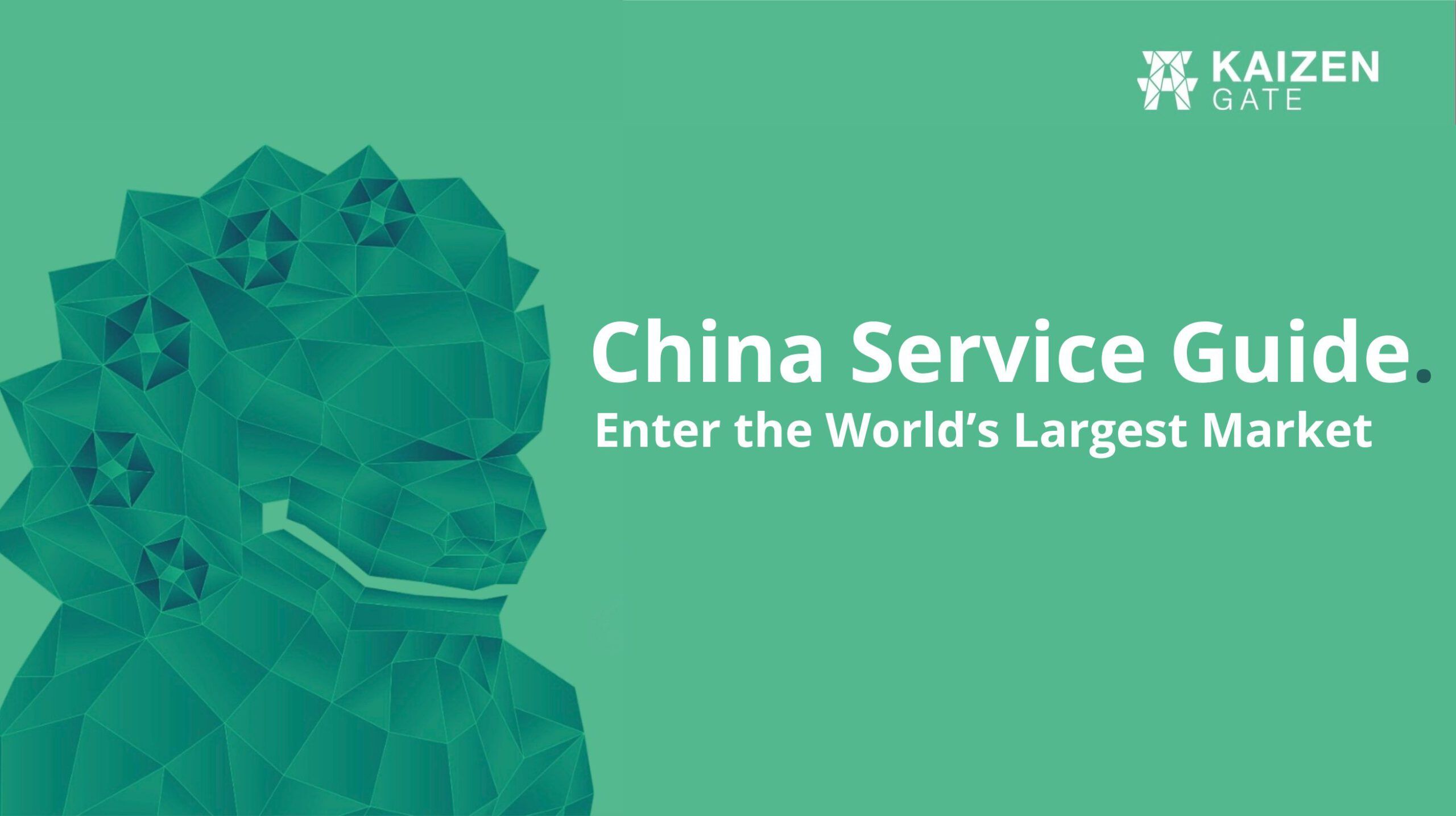Digital payments dominate everyday life in China, and foreign sellers who aim to tap this market must adapt. Chinese consumers overwhelmingly prefer paying in RMB via local platforms and rarely have international credit cards. In fact, Visa/Mastercard are rare in China, as nearly everyone uses Alipay or WeChat Pay on their phones. For a foreign merchant, this means offering these familiar payment methods and understanding how to settle funds in RMB. Adopting China-friendly payment gateways like Alipay and WeChat Pay will reduce friction at checkout, boosting trust and conversion among Chinese customers.
This article explains what foreign sellers need to know about Alipay cross-border payments, WeChat Pay integration and managing RMB settlements. We’ll cover China’s digital payment landscape, how Alipay and WeChat Pay work for overseas merchants, step-by-step RMB settlement, compliance essentials, and common challenges – including when to seek help from experts to navigate this complex but rewarding market.
The Landscape of Digital Payments in China
China’s mobile payment adoption is unparalleled. By mid-2023, about 940 million Chinese were using mobile payment services. Alipay (by Ant Group, Alibaba) and WeChat Pay (by Tencent) dominate this space, accounting for many cashless transactions. WeChat Pay is the country’s second-most popular digital wallet (after Alipay), and together these two platforms reach virtually all urban consumers.
For foreign sellers, the implication is clear: to reach Chinese customers, you must offer Chinese payment gateways. Both Alipay and WeChat Pay have expanded globally to facilitate cross-border commerce. Chinese shoppers can use these wallets on overseas websites or in stores, and the systems handle currency conversion behind the scenes. In effect, Alipay and WeChat Pay act as Chinese payment bridges for foreign businesses. Merchants around the world now accept these methods via integrations with payment processors, knowing that offering Alipay/WeChat Pay is often critical for attracting Chinese buyers.
Understanding Alipay Cross-Border Solutions

Alipay Cross-Border is Ant Group’s solution that enables Chinese buyers to pay foreign merchants in RMB while the merchant receives payment in their local currency. When a customer pays via Alipay, the money is taken from their Alipay wallet in yuan and then converted to your chosen currency for settlement. You might, for example, price products in CNY for the user but receive USD or EUR in your bank account. Alipay handles the multi-currency conversion and remittance to you, making the process seamless.
To get started, foreign merchants must onboard with Alipay’s international programme. This involves submitting an application (business licence, identity documents, etc.) and being approved under Alipay’s risk and compliance checks. Many businesses apply through Alipay’s global portal or via an authorized payment partner. After approval, you integrate Alipay into your online checkout (through an API or a plugin). Some e-commerce platforms even have official Alipay integrations to simplify this. Once live, customers can pay you through the familiar Alipay interface, and you’ll gain access to over a billion potential users.
Settlement and fees: Alipay typically consolidates your transactions and pays out to your account regularly (often daily or weekly). You can settle in major currencies like USD, EUR, GBP, HKD, etc., with Alipay providing real-time FX conversion at competitive rates. Transaction fees usually amount to around 2% (varying by volume), deducted from each sale. Importantly, Alipay is a licensed payment provider, so it takes care of converting RMB to foreign currency and transmitting it overseas in line with Chinese regulations. As long as your products are permissible for export to China, Alipay’s system will manage the compliance aspects of the payment.
WeChat Pay for Foreign Sellers

WeChat Pay offers similar cross-border capabilities, allowing Chinese customers to pay you via the WeChat app. From the user’s perspective, they can complete the purchase in RMB through WeChat Pay just as they would domestically, and you receive the funds in your currency after conversion. WeChat Pay also supports multi-currency settlement and operates in numerous countries through official partners.
Setting up WeChat Pay as a foreign business typically requires going through a payment aggregator or local acquiring partner, since direct integration often needs a Chinese entity. In practice, many overseas merchants add WeChat Pay by using a payment gateway that has done the integration (for example, a service that offers Alipay and WeChat Pay together). Once enabled, customers scanning a WeChat Pay QR code or clicking “Pay with WeChat” on your site will be routed to their WeChat app to approve payment, after which you’ll get instant confirmation.
WeChat Pay is especially vital if you plan to engage customers via WeChat’s ecosystem – for instance, through a WeChat mini-program store or social media marketing on WeChat, or if you plan to sell in JD.com. It allows users to go from discovery to purchase entirely within one app. In terms of fees and process, expect WeChat Pay to be in the same range as Alipay (roughly 2% fee, with currency conversion handled internally). The main difference is in onboarding: using WeChat Pay may require a bit more coordination with partners, but once set up, it gives you access to the huge WeChat user base.
RMB Settlement Process Explained
When a Chinese customer pays you in RMB via Alipay or WeChat Pay, how do those funds end up in your foreign bank account? Here’s the high-level process:
Payment in RMB
The customer checks out and pays ¥X through their Alipay or WeChat Pay wallet. You receive a confirmation that ¥X was paid.
Conversion to foreign currency
The platform (Alipay/WeChat) automatically converts that ¥X to your settlement currency (for example, USD) at the current market exchange rate. This happens behind the scenes, usually immediately or on the same day.
Payout to your account
The converted funds are then remitted to your bank account abroad. Payouts are typically batched – for instance, all transactions cleared in a day might be summed and sent as one transfer. Depending on the service, you might see the money in your account in a couple of days (cross-border bank transfers are not instantaneous).
Fees deducted
Any service fees are taken out before or during the payout. For example, if the fee is 2%, you’ll get 98% of the sale amount (after currency conversion) deposited to you.
Throughout this process, the payment providers take care of regulatory requirements like foreign exchange approval and reporting. You don’t handle RMB directly – you simply receive a foreign currency transfer from the provider’s international entity. The system is designed to meet China’s rules on moving money out for goods purchases, so as long as you are using Alipay/WeChat Pay legitimately, the RMB-to-USD (or other currency) settlement is handled smoothly. It’s wise to reconcile your records with the payout reports (to account for fees and exchange rates applied), but otherwise this process requires little manual intervention.
Compliance and Regulatory Essentials
China has specific rules for cross-border e-commerce and payments, but the good news is using Alipay and WeChat Pay helps you comply by default. Still, keep these points in mind:
- Permitted goods and limits: Ensure your products are allowed for import into China. The government maintains a list of permitted categories and applies a cap (currently about ¥5,000 per order and ¥26,000 per person annually for tax-privileged cross-border imports). Stay within these limits for smoother customs clearance and to avoid triggering extra duties.
- Foreign exchange compliance: Both Alipay and WeChat Pay are licensed to convert RMB to foreign currencies and remit abroad. They will handle reporting each transaction to China’s central bank/SAFE as required. By using these platforms, you’re tapping into an approved channel. Your responsibility is to use it for genuine sales – keep invoices and shipping records in case verification is needed.
- Consumer data and tax: Follow Chinese data protection laws by safeguarding customer information and only using it for fulfilling orders. Also, ensure import taxes (if any) are properly paid – many logistics providers will handle this at the border. You should focus on accurately declaring product values and details on shipment documents.
In short, use official payment channels, sell legal products, and maintain clear records. Chinese authorities encourage cross-border e-commerce, so compliance is straightforward if you play by the rules.
Challenges and Best Practices for Foreign Sellers
Implementing Alipay and WeChat Pay as a foreign seller can present some challenges. Here are key hurdles and how to address them:
- Technical integration and access: Setting up these payments can be technically complex, and foreign websites may load slowly in China due to the Great Firewall. Best practice: Use trusted payment gateway plugins and host content on a global CDN to improve speed. Test your checkout within China (or via a Chinese user) to ensure the Alipay/WeChat Pay flow works without glitches.
- Payment delays and fees: Cross-border payouts are not instant – you might receive funds a few days after a sale, and there are conversion fees. Best practice: Plan your cash flow with a buffer. Price your products to account for the ~2% fee and potential currency fluctuations. It’s wise to have some working capital so you’re not reliant on immediate access to each day’s China sales.
- Customer expectations (refunds & support): Chinese buyers expect quick refunds and responsive service. Cross-border refunds, however, can be slow (the reverse payment must go through currency conversion and compliance checks). Best practice: Clearly communicate your return/refund policy in Chinese and consider using local return solutions (like a Hong Kong or mainland returns address) to speed up the process. If a refund is needed via Alipay/WeChat, process it promptly even if it takes a few days to reach the customer. Providing customer support in Chinese (even via email or chat translation) will greatly improve trust.
By anticipating these challenges and following best practices, you can provide a smooth purchasing experience. Many foreign sellers find that once the initial setup and learning curve are overcome, the benefits – access to millions of new customers – far outweigh the hurdles.
In Conclusion
Getting paid in China as a foreign seller is absolutely achievable, with the right tools and preparation. Alipay and WeChat Pay are the keys to unlocking Chinese customers’ spending, as they enable convenient RMB payments that build buyer confidence. Integrating these methods (and choosing a reliable payment partner to do so) is critical. Equally important is preparing for regulatory compliance, ensuring your products and processes meet China’s requirements from day one.
In summary, success in China’s e-commerce market comes from marrying local payment solutions with a strong compliance strategy. Foreign sellers who offer Alipay/WeChat Pay, understand RMB settlement, and work within the regulations will stand the best chance of winning sales and trust in this enormous market. With the guidance of experienced partners and a commitment to localizing your approach, you can seamlessly turn Chinese interest in your products into real revenue and have those RMB safely converted into your home currency in the process.

Gate Kaizen is the trusted partner of large and mid-cap companies as a provider of market entry services and HR Solutions in the Chinese market. We help your business save the outsantding costs of setting up your local entity by leveraging our own structure and the shortcuts of the digital era to minimize the financial risks of expanding overseas. This way, you can focus your attention on what really matters: your business.

